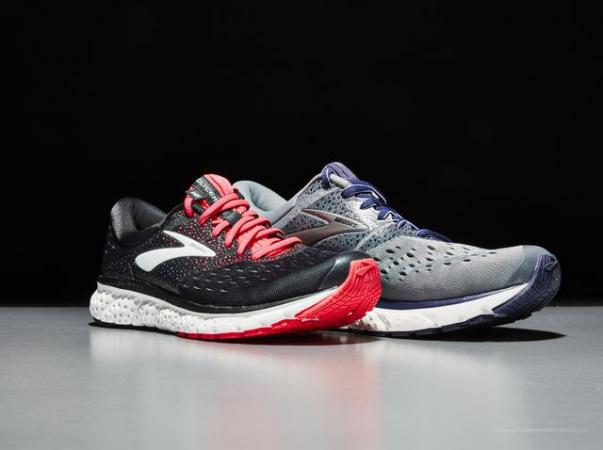Properly chosen shoes are important, no matter what kind of sport you are going to do in it. If you choose the wrong sports shoes, you may end up in a hospital bed with a splint on your lower legs or complain of pain in your heels instead of enjoying walking or running.
Although in most specialized stores of sports shoes, for example, as in the online store, there are knowledgeable employees who will help you make a choice; you will be in a better position if you arm yourself with at least basic knowledge of your legs and their specific needs. In addition, it sometimes seems that without such a degree, it is impossible to deal with such newfangled innovations as the middle sole with freon or tongues with pumping. Here are a few recommendations to consider when buying a new shoe.
also read: Your feet finger has a secret revelation about your marriage…check detail inside
- Do not make shoes multifunctional. Walking shoes are tougher. Running shoes are more flexible, with additional cushioning to reduce the load. If you are engaged in both sports, you should buy shoes for each of them.
- Examine your feet. Yes, everyone has a heel and 10 toes on each foot, but the shape of the foot is different. Knowing their features, choose the right shoes easier. Most large brands now offer models for any type of stop.
- To determine the shape of the foot, you can use the "wet dough." Wet your feet, stand on a sheet of thick paper and circle the trail. Or just take any pair of old sneakers and see where you wear them the most.
- If the footprint has little or no bending on the inside, or if the sneakers are worn around the inside, this means that you have a low arch or flat feet, and you are prone to excessive pronation. You will need shoes with motion control and maximum foot support.
- If the front part of the foot and the heel are not fully imprinted and there is a very narrow intermediate part between them, or if your shoes wears mostly on the outer edge, this means that you have a high arch and you are prone to insufficient pronation (the so-called supination ). In this case, look for cushioned shoes with a soft middle sole.
- You have a neutral arch of the foot, if the print shows a clear curved line on the inside, and your shoe wears evenly. Choose sustainable shoes with the right balance of depreciation and support.
The shape of the foot changes
- Measure your foot frequently. “ It’s a myth that in adults size of the foot doesn’t change ,” says MD Stephen Ryken from the Thomas Jefferson University Hospital in Philadelphia. “ As we grow older, the foot changes, so measure it twice a year. Different brands may also have different sizes, so be guided not by size, but by how shoes sit on the foot . ”
- Go shopping at the end of the day. Feet swell in a day, especially if you run or walk. Shoes should be fit when the size of the foot becomes maximum.
- Take with you socks in which you play sports. If you use orthopedic products, grab them too. Shoes must comply with orthopedic liner.
- Do not hope that the shoes spread. Men's running and walking shoes or women’s sneakers should be comfortable right away. Try on and walk around or run around the store to make sure they are comfortable playing sports.
- Use the “rule of thumb”. The distance between the big toe and the tip of the shoe should be about 1-1.3 cm. In order for the heel to not slip when walking, the heel must fit snugly. The upper part of the sneaker should fit tightly to the leg and nowhere to squeeze, and all the fingers could be freely moved.
Get familiar with the "bells and whistles." Some models of sneakers look as if they were designed for space mission, and not for jogging in the park. However, some details are intended for specific purposes. Transparent inserts filled with gel, freon or air provide additional cushioning. These properties are especially useful for people who often experience heel pain. But for those who are prone to dislocation of the ankle, they are undesirable, because shoes with additional cushioning, as a rule, provide less traction.
Some sneakers can be pumped, which provides a better fit.
Do not overpay, but do not save. Quality shoes for running and walking is quite expensive and, as a rule, worth it. " Shoes for $ 15 are not as good as shoes for $ 80"Says Ryken. However, if the sneakers are made in a super fashionable style or are associated with a celebrity, they are much more expensive, but this does not mean that they will be better for the legs.
also read: Check what your Palmistry reveals about your Fate….detail with pics inside
Change your shoes in time. On average, running shoes should be changed by running about 560-640 km, says Clifford Jeng, MD, a specialist in foot and ankle surgery at the Mercy Medical Center in Baltimore, Maryland. Better yet, pay attention to how your sneakers look and how you feel about them. If the back of the sole is worn out, or you feel uncomfortable, it's time to go back to the store for new clothes.
